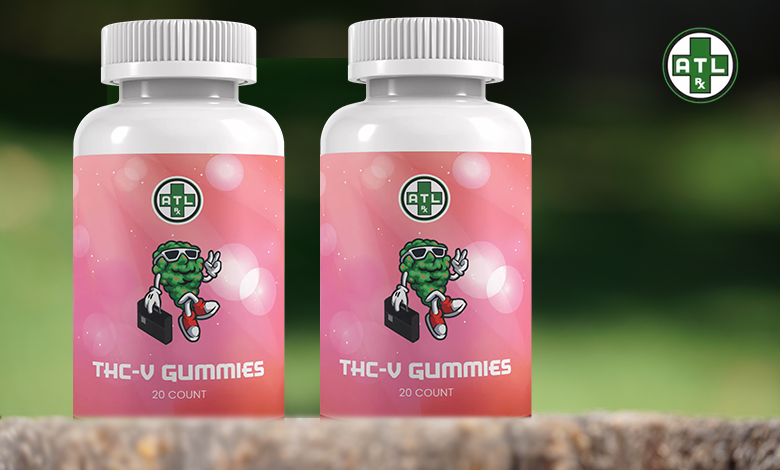
Cannabis plants contain a compound called tetrahydrocannabivarin, or THCV. It has a similar structure to THC (tetrahydrocannabinol), the compound responsible for most of marijuana’s psychoactive effects. The “high” associated with marijuana is not produced by THCV, unlike THC. Instead, it has been shown to have potential therapeutic benefits such as appetite suppression, reducing seizures, and helping with weight loss.
THCV is found in varying levels in different strains of cannabis, with some strains having higher concentrations of the compound. It is considered a minor cannabinoid, with concentrations in most strains typically less than 1%. Strains with higher levels of THCV include Durban Poison, Pineapple Purps, and Jack the Ripper.
The exact mechanisms of action of THCV are not well understood, but research suggests that it may interact with the same receptors in the brain as THC and CBD, the two most well-known compounds found in the cannabis plant. However, THCV is thought to have a slightly different binding affinity for these receptors, which may account for its different effects.
Currently, there are no approved THCV-containing products, but it is gaining popularity in the wellness market as supplements and edibles. THCV is commonly ingested sublingually (under the tongue) or added to food and beverages as an oil.
THCV may have therapeutic benefits, but further research is needed to understand its effects and appropriate use. Additionally, as with any cannabis-derived product, THCV should be used with caution and under the guidance of a healthcare professional. THCV for sale is available online in the market.
How does THCV compare to THC?
Cannabis plants contain both THCV and THC, but their therapeutic potential and effects differ greatly.
Psychoactive effects are one of the main differences between the two. THC is the primary compound responsible for the “high” associated with marijuana use, while THCV is not known to produce this effect. Instead, it has been shown to have potential therapeutic benefits such as appetite suppression, reducing seizures, and helping with weight loss.
The brain’s CB1 and CB2 receptors are also different between the two compounds. It is known that THC and other cannabinoids act through these receptors. While both THC and THCV bind to these receptors, THCV has a slightly different binding affinity and may interact with the receptors differently. This is thought to be one of the reasons why THCV does not produce the same psychoactive effects as THC. Visit ATLRx to get more information about THCV.
In terms of medical use, THC is commonly used for conditions such as chronic pain, nausea, and muscle spasms. While THCV is still being researched, it is being studied for its potential use in treating conditions such as obesity, diabetes, and Parkinson’s disease.
THCV is considered a minor cannabinoid, with concentrations in most strains typically less than 1%. Strains with higher levels of THCV include Durban Poison, Pineapple Purps, and Jack the Ripper.
To fully understand the effects and appropriate use of THCV, more research is needed. As with any cannabis-derived product, it should be used with caution and under the guidance of a healthcare professional. Additionally, laws regarding cannabis and its derivatives vary by state and country, and it’s important to be aware of the legal status of THCV in your area before using it.

